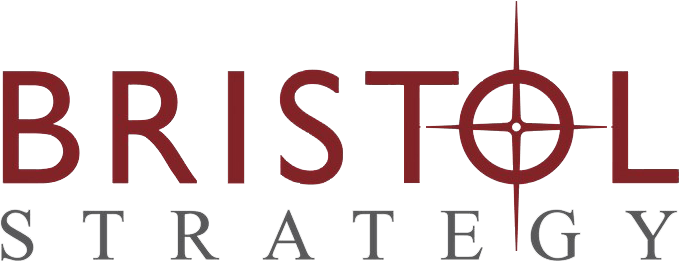Tip #4: Profile the types of donors you’d like to attract. Describe your ideal donor, including details about the demographics of donors most likely to give such as age, zip code, level of affluence, history of past giving, and so forth. Then include the interests, passions or convictions of your ideal donor. Document this profile as a benchmark or guideline for qualifying new donors. Once you have developed the ideal funder/donor profile, use it as a reason to exclude unqualified opportunities as well as to include the appropriate ones. This reduces the likelihood of board members wasting time on unqualified prospects.
Tip #5: Board members know people. Develop an initial list of prospective donors by asking board members to identify individuals whom they can contact on behalf of your agency. Pulling a name out of the newspaper is not the best place to start; the board member must use his or her personal influence to start the process. Provide the board members with your Ideal Donor Profile ahead of time and ask “who do you know that resembles this profile?” Board members can and should use their contacts and influence to schedule time for meetings and discussions with these individuals. This exercise may put some of your board members to the test. If no one on your board has influence or contacts in the community, it may be wise to find new board members that do.
Tip #6: The staff raises grants; the board raises philanthropy. Nonprofits raise money from four types of income: grants, fees for service (earned income), philanthropy and corporate partnerships. The staff is best suited to pursuing grant opportunities and earned income; let them do it. The board, on the other hand, is best suited for raising money from individual philanthropy (individual donations of any size) and from corporations. First, have the staff figure out how much they need to earn from each funding category, then describe and prioritize their specific funding needs. (By the way, “we just need more money” is not a need, it’s a complaint.) Once the staff has defined its funding needs, prioritized them, and determined which needs are better underwritten by philanthropy or corporate donations, the board can begin to plan their schedule of calls and visits. Make sure there is a useful Ideal Donor Profile for wealthy individuals, and another one specifically for corporate partnerships or sponsorships.

